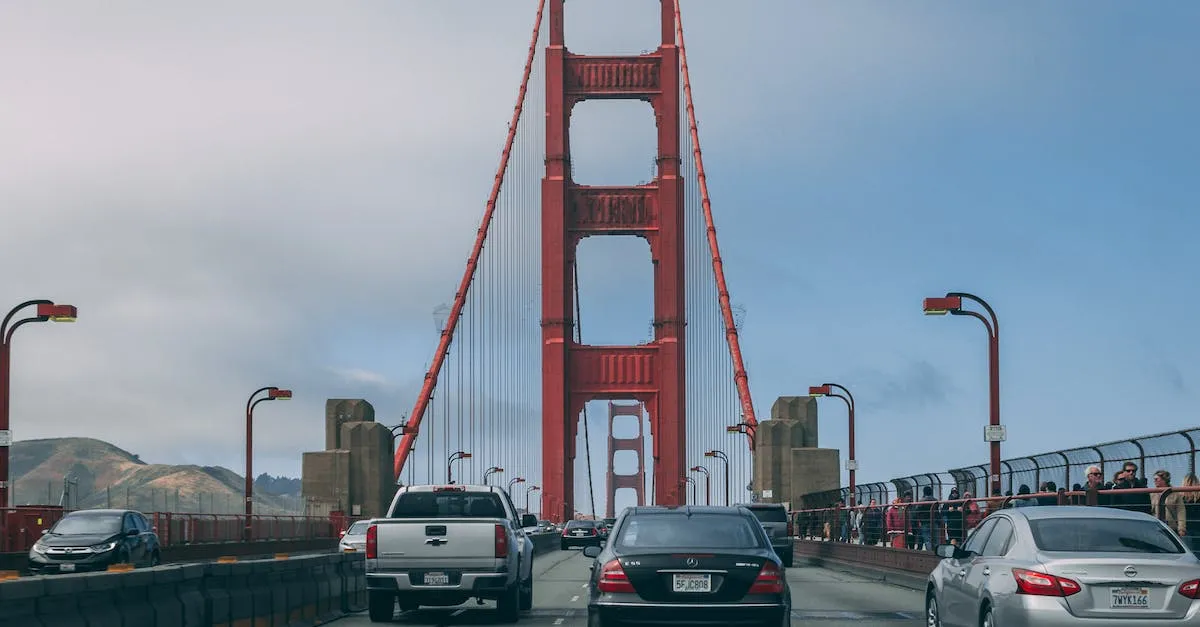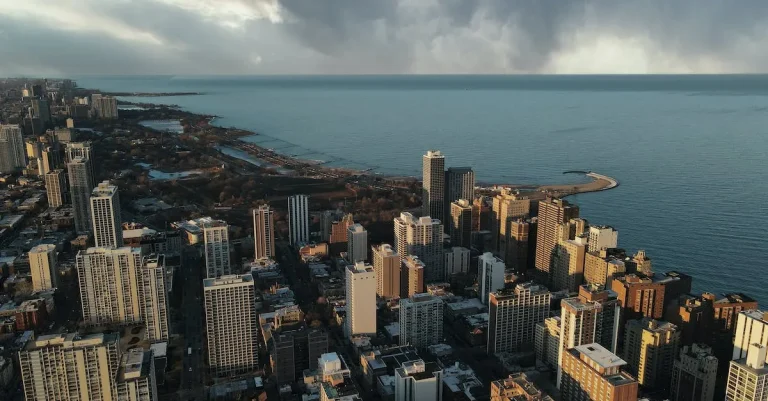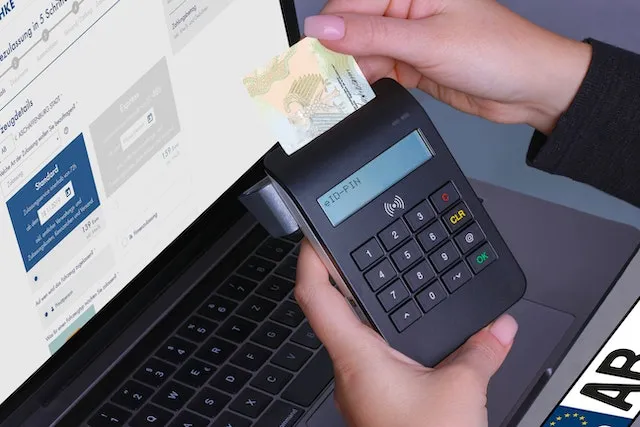Can You Drive Siblings With A Provisional License In California? A Guide
If you’re a teenager with a provisional license in California, you may be wondering if you can use it to drive your siblings around. Rules for provisional licenses restrict who teen drivers can transport and when. To help clarify if and when you can legally drive siblings with your permit in California, here’s what you need to know.
If you’re short on time, here’s a quick answer: In most cases, you cannot drive siblings with a provisional license in California unless accompanied by a licensed adult over 25. However, some exceptions allow driving siblings to school or medical appointments.
California Provisional License Laws and Restrictions
Getting a driver’s license is an exciting milestone for teenagers, but it also comes with certain responsibilities and restrictions. In California, teenagers can obtain a provisional license once they reach the age of 16 and have held their learner’s permit for at least six months.
It’s important to understand the laws and restrictions associated with a provisional license to ensure compliance and safety on the road.
Permit vs. Provisional License
Before diving into the specifics of the provisional license, it’s essential to understand the difference between a learner’s permit and a provisional license. A learner’s permit allows teenagers to practice driving under the supervision of a licensed adult who is at least 25 years old.
On the other hand, a provisional license grants teenagers more freedom and independence, as they can drive without adult supervision during certain hours and with specific restrictions.
With a provisional license, teenagers can drive alone, but there are still limitations to ensure their safety. These restrictions include passenger limits and night driving limitations.
Night Driving and Passenger Limits
One significant restriction for drivers with a provisional license is the limitation on night driving. According to California law, teenagers with a provisional license are not allowed to drive between the hours of 11:00 pm and 5:00 am, unless accompanied by a licensed adult who is at least 25 years old.
This restriction aims to reduce the risks associated with nighttime driving, as visibility is often reduced, and there is a higher likelihood of encountering impaired drivers.
In addition to the night driving restriction, teenagers with a provisional license are also subject to passenger limits. For the first 12 months, they are not allowed to transport passengers under the age of 20 unless accompanied by a licensed adult who is at least 25 years old.
This rule helps minimize distractions and encourages new drivers to focus on the road without the added pressure of friends or siblings in the car.
Understanding and following these restrictions is crucial for teenagers with a provisional license in California. Violating these laws can result in penalties, including fines, license suspension, and even delays in obtaining a full driver’s license.
It’s vital for both teenagers and their parents to be aware of these restrictions and ensure compliance to maintain safety on the road.
For more information on California’s provisional license laws and restrictions, you can visit the official California DMV website.
General Rules for Driving Siblings
When it comes to driving siblings with a provisional license in California, there are some general rules that you need to be aware of. These rules are in place to ensure the safety of both the driver and the passengers, as well as other road users.
Understanding these rules will help you navigate the process smoothly and avoid any potential legal issues.
Licensed Adult Supervision Required
One of the main rules for driving siblings with a provisional license in California is that a licensed adult must be present in the car at all times. This means that if you have a provisional license and want to drive your siblings, you will need a licensed adult, such as a parent or guardian, to accompany you in the vehicle.
The licensed adult should be sitting in the front passenger seat and be ready to take control of the vehicle if necessary.
It’s important to note that the licensed adult must be at least 25 years old and have a valid California driver’s license. This requirement ensures that there is an experienced driver present who can provide guidance and assistance if needed.
Exceptions for School and Medical Trips
While the general rule requires a licensed adult to be present when driving siblings with a provisional license, there are some exceptions for specific situations. California’s provisional license allows for unsupervised driving to and from school and for medical appointments.
This means that if you have a provisional license, you can drive your siblings to school or to their medical appointments without the need for a licensed adult in the car.
However, it’s important to remember that these exceptions only apply to driving to and from school or medical appointments. Any other driving outside of these specific purposes still requires a licensed adult in the car.
It’s worth mentioning that these rules and exceptions are subject to change, so it’s always a good idea to stay updated with the latest information from the California Department of Motor Vehicles (DMV).
The DMV website provides detailed information on driver’s license requirements and regulations in California.
By following these general rules and being aware of the exceptions, you can ensure that you are driving your siblings with a provisional license in compliance with California law. Remember, safety should always be the top priority when behind the wheel, and having a licensed adult present can provide additional support and guidance as you gain experience as a driver.
Requirements for Driving Younger Siblings
As a provisional license holder in California, there are certain requirements you must meet when it comes to driving your younger siblings. These requirements are in place to ensure their safety while on the road.
Child Safety Seats As Needed
One of the most important requirements is the use of child safety seats. California law mandates that children under the age of eight must be secured in an appropriate child restraint system while in a motor vehicle.
This means that if you are driving your younger siblings who are under the age of eight, they must be properly strapped into a car seat, booster seat, or other appropriate restraint system. The specific type of seat required will depend on the child’s age, weight, and height.
It’s important to note that the responsibility for ensuring the proper use of child safety seats falls on the driver. If you are driving your younger siblings, it is your responsibility to make sure they are safely secured in the appropriate restraint system.
Failure to do so can result in legal consequences and, more importantly, put your siblings at risk.
Following Child Passenger Laws
In addition to using child safety seats, it is crucial to follow California’s child passenger laws. These laws outline specific requirements for where children should sit in a vehicle based on their age, weight, and height.
For example, children under the age of two must be secured in a rear-facing car seat unless they weigh 40 pounds or more or are 40 inches or taller. Children between the ages of two and eight, who do not meet the height or weight requirements for a car seat, must be secured in a booster seat.
Once a child reaches the age of eight or is at least 4’9″ tall, they can use a regular seatbelt.
It’s important to familiarize yourself with these laws and ensure that you are following them when driving your younger siblings. By doing so, you are not only keeping them safe but also setting a good example as a responsible driver.
For more information on child safety seats and child passenger laws in California, you can visit the official website of the California Department of Motor Vehicles here.
Rules for Older Teen Siblings
No Other Unrelated Teens
According to the California Department of Motor Vehicles (DMV), if you have a provisional license in California, you are allowed to drive with your siblings who are also teenagers. However, it is important to note that you are not permitted to drive with any other unrelated teenagers in the car.
This rule is in place to ensure the safety of young drivers and minimize distractions on the road. So, if you’re planning to chauffeur your younger brother or sister around town, you’re good to go! Just make sure you don’t invite any friends along for the ride.
Seat Belt Use Mandatory
Another important rule to remember when driving with your older teen siblings is the mandatory use of seat belts. Regardless of whether you are the driver or a passenger, everyone in the vehicle must wear their seat belts at all times.
This rule is not only enforced for your safety but also to comply with California state law. It’s always a good idea to set a good example for your younger siblings by buckling up before you hit the road. Remember, safety should always be a top priority!
For more information on driving rules and regulations in California, you can visit the official website of the California Department of Motor Vehicles at https://www.dmv.ca.gov/. They provide comprehensive information and resources to help you navigate the roads safely and responsibly.
Penalties and Liability Risks
Traffic Infractions and Fines
When it comes to driving with a provisional license in California, there are penalties and liability risks that both the driver and their siblings need to be aware of. One of the main concerns is the potential for traffic infractions and fines.
As a driver with a provisional license, it is important to follow all traffic laws to avoid getting pulled over by law enforcement. If the driver is found to be in violation of any traffic laws, they may face fines, points on their license, or even the suspension of their driving privileges.
This can not only impact the driver but also their siblings who may be riding with them.
It’s crucial to educate yourself and your siblings on the specific traffic laws and regulations in California to ensure compliance and avoid any unnecessary penalties. Some common traffic infractions that provisional license holders need to be cautious of include speeding, running red lights, illegal turns, and distracted driving.
By obeying these laws, you can minimize the risk of incurring fines and protect yourself and your siblings.
Increased Insurance Rates
Another liability risk associated with driving siblings with a provisional license in California is the potential for increased insurance rates. Insurance companies consider provisional license holders to be higher risk drivers due to their limited experience on the road.
As a result, they may charge higher premiums for insuring a vehicle that is driven by a provisional license holder.
It’s important to note that if you are driving your siblings with a provisional license and are involved in an accident, it could have repercussions for your insurance coverage. Insurance companies may increase your rates or even deny coverage if they determine that you were not abiding by the restrictions and requirements of your provisional license.
This not only affects you but also your siblings who may be relying on your insurance coverage in case of an accident.
To avoid these increased insurance rates and potential coverage issues, it is recommended to discuss the situation with your insurance provider before driving your siblings with a provisional license.
They can provide guidance on the specific requirements and restrictions that need to be followed to maintain proper insurance coverage.
Conclusion
California’s graduated license program places strict limits on when and who teen drivers can transport with a provisional license to reduce risk. Outside of a few exceptions for school, medical, and child care trips, you generally cannot drive your siblings without licensed adult supervision until you graduate to an unrestricted driver’s license.
By understanding and following all provisional license rules, you can avoid infractions, penalties, and liability while becoming a safer and more responsible driver.








